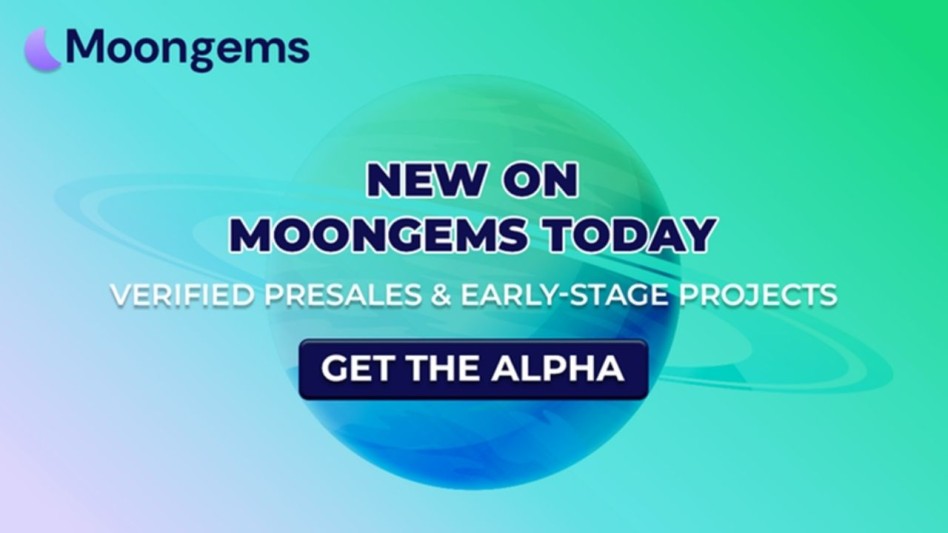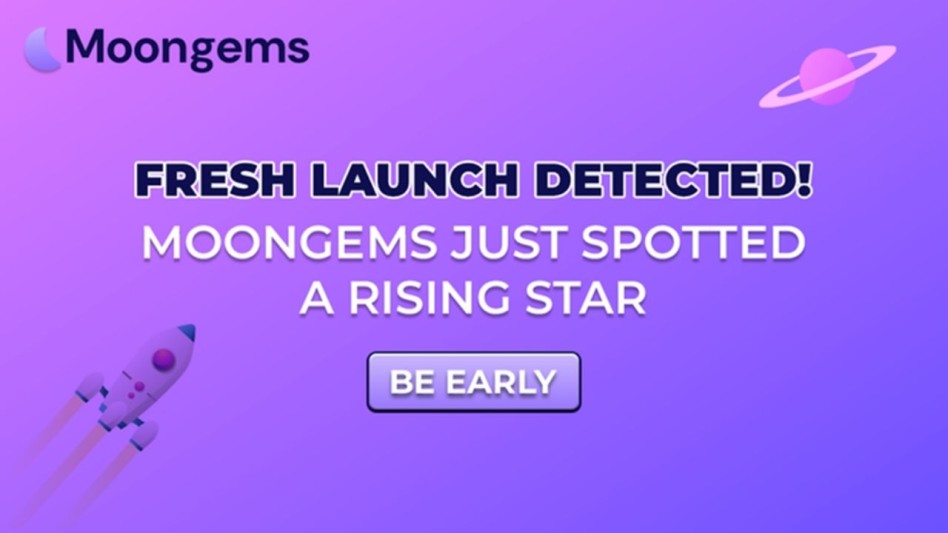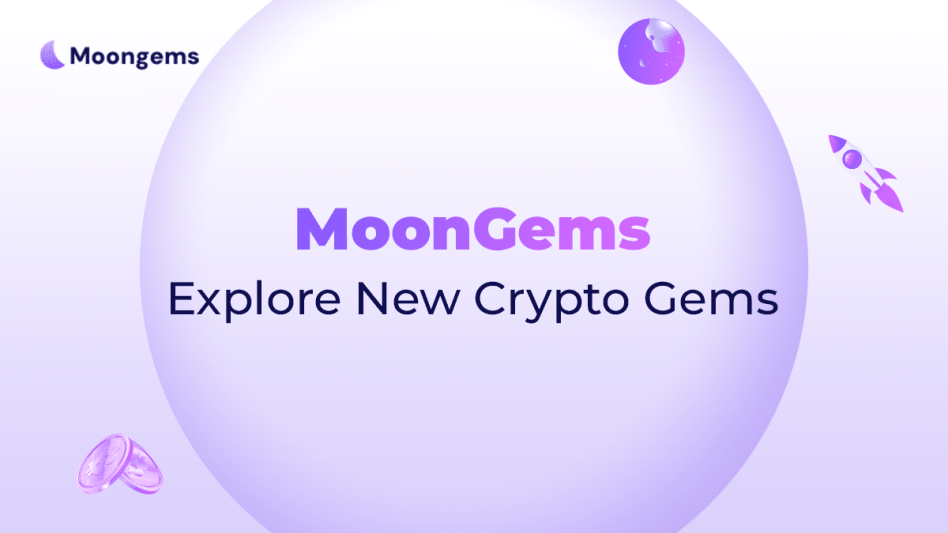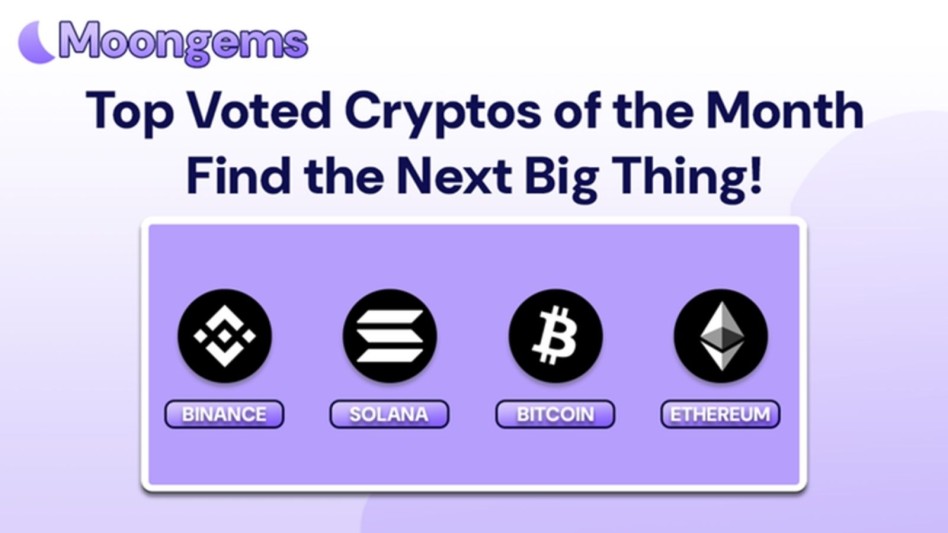Author: Jawad Hussain – Crypto Analyst & Web3 Researcher | 9+ years tracking presales, IDOs, and token launches. Follow him on Twitter and LinkedIn.
As cryptocurrency continues expanding its reach into mainstream finance, the presale stage of new tokens has emerged as one of the most enticing and risky entry points for early adopters. Investors are constantly searching for the next 50x or even 100x opportunity, and presales promise exactly that: early access to what could become the next top-performing token on major exchanges. But beneath the surface of every exciting launch lies a harsh truth—many presales are unvetted, unaudited, or outright scams.
Understanding how to evaluate a presale is no longer optional; it’s a core investing skill in 2025. With increasingly sophisticated marketing tactics, paid influencers, and flashy roadmaps, it’s easy to be misled by appearances. The key to protecting your capital is knowing how to spot a safe crypto presale built on fundamentals, accountability, and long-term planning.
This MoonGems article offers a practical, no-fluff guide that breaks down the seven most critical signs of a safe and trustworthy presale. These aren’t just suggestions—they’re non-negotiables for anyone serious about capital protection and ROI growth. Whether you’re deploying $100 or $100,000, these principles apply universally across the crypto presale market.
1. KYC Verification of the Founding Team
The most trustworthy presale projects are built by identifiable individuals, not anonymous avatars with no accountability. This is where KYC (Know Your Customer) verification comes into play. KYC is a process in which the founding team voluntarily undergoes identity verification through a third-party security provider. These checks typically involve submitting government-issued documents, facial recognition, and other proof of identity protocols.
Why does this matter? The biggest rug pulls in crypto history were executed by anonymous teams that vanished once funds were raised. With KYC in place, the risk of total disappearance is dramatically reduced. It also indicates that the team is serious, transparent, and willing to be held responsible for delivering on the roadmap.
Reputable KYC providers include SolidProof, AssureDeFi, and Certik KYC Shield, among others. If a presale team doesn’t mention KYC or makes excuses about “privacy” or “decentralization” as a reason to remain anonymous, it’s a red flag, not a feature. Smart investors should always confirm that KYC was completed and ideally published on the project’s homepage, launchpad profile, or whitepaper.
In short, a visible team is a credible team. If the people behind the project are willing to put their name and face on it, they’re more likely to follow through with their commitments—and that’s a fundamental marker of a safe presale.
2. Third-Party Smart Contract Audits
A token may sound revolutionary, but it could be riddled with security holes if its smart contract isn’t thoroughly audited. These vulnerabilities aren’t just technical details—they're potential exploits that can lead to everything from liquidity drains to hidden mint functions that let developers create more tokens and dump them on the market.
A third-party smart contract audit is a security review conducted by a blockchain-focused firm that dissects the code line by line. Auditors look for logical errors, hardcoded privileges, lack of ownership renunciation, and anything that could be used maliciously. The audit report often categorizes issues as “critical,” “high,” “medium,” or “low” severity, giving investors a clear risk profile.
Credible firms include Certik, Hacken, SolidProof, and Quantstamp. The audit should be published, ideally in PDF format or linked on the presale page. Be wary of tokens that claim “audit coming soon” or provide no direct proof.
Remember, just because a contract is audited doesn’t mean it’s bulletproof. But it does prove that professionals have vetted the code for known vulnerabilities. A lack of audit, especially in 2025’s mature ecosystem, is not just lazy—it’s dangerous. Never invest in unaudited smart contracts if you’re serious about capital preservation.
3. Transparent Tokenomics and Vesting Schedules
Tokenomics isn’t just a fancy word—it’s the economic engine of a crypto project. Before investing in any presale, it’s vital to understand how the token is structured, distributed, and scheduled for release. That means full transparency on total supply, circulating supply, allocations, and vesting mechanisms.
Start with allocation. What percentage goes to the team, advisors, presale participants, liquidity pool, staking rewards, and marketing? Ideally, team allocations are modest and locked to avoid early dumping. Similarly, vesting schedules—especially for team and seed investors—should stretch over several months, if not years.
The safest structure is a vesting schedule with a cliff period (a delay before any tokens unlock) followed by linear vesting (gradual release). It prevents early insiders from dumping tokens on public buyers when the token hits exchanges.
Also, watch out for disproportionate token burns that may seem deflationary but can be manipulated post-launch. The project should clearly explain its burn strategy, lock periods, and unlock mechanics. A good whitepaper or tokenomics page will present this information upfront, not hidden behind vague language or missing entirely.
In 2025, smart presale investors demand mathematical clarity, not hype. If a project’s tokenomics look unbalanced or opaque, it’s best to pass.
4. Locked Liquidity or a Defined Liquidity Plan
Once a token goes live, its price stability heavily depends on the liquidity pool—the pot of tokens and base currency that allows users to trade. If this liquidity isn’t locked in a smart contract, developers can pull the funds at any moment in what's known as a "rug pull."
Locked liquidity refers to placing LP (liquidity pool) tokens in a secure, time-locked contract, preventing withdrawal for a set period, usually 6 to 12 months. This signals commitment and assures investors that the project team won’t suddenly vanish with the liquidity.
Tools like Unicrypt, PinkLock, and Team Finance are trusted platforms that handle these lockups. Reputable projects will link directly to the proof-of-lock transaction so investors can verify it themselves.
Some projects don’t lock liquidity but offer a detailed post-launch plan outlining when and how they’ll add and lock it. While this isn’t ideal, it’s still better than no explanation at all. The worst-case scenario? Vague or zero mention of liquidity management.
A safe presale makes liquidity lockups public knowledge, not a mystery. Don’t just assume it’s being handled—verify it before investing.
5. Public-Facing Team and Social Proof
Crypto has matured past the point where anonymous developers can raise millions without showing their faces. In today’s market, a doxxed, accessible team is a powerful signal of legitimacy.
Public-facing teams allow you to vet their experience and previous projects and even check for red flags like lawsuits or failed tokens. LinkedIn profiles, GitHub contributions, and appearances in AMAs or video interviews build trust if the team is open to speaking directly to the community via Twitter/X Spaces or Telegram, even better.
Social proof also extends beyond the team. A vibrant, engaged community on Telegram, Discord, Reddit, or X is another layer of validation. Are people asking informed questions? Is the dev team responding in real-time? Do independent influencers and analysts support the project with thoughtful reviews, or is it just a sea of bots?
A healthy presale ecosystem is built on transparency and two-way communication. When both the builders and the backers show up, the chances of the project succeeding multiply. Silence and secrecy, on the other hand, are the tools of bad actors.
A safe crypto presale is always powered by people who stand behind their product and aren’t afraid to be seen.
6. Realistic Roadmap With Deliverables, Not Dreams
A roadmap is not just a wishlist; it’s a binding contract of intention between the project and its early investors. It should be specific, time-based, and actionable. Vague promises like “launch NFT marketplace” or “expand marketing” don’t count. You want hard deadlines and defined deliverables.
Safe presale projects typically divide their roadmap into phases, such as Q2 2025 or “Post-DEX launch,” and outline goals like:
- Smart contract deployment
- CEX/DEX listing targets
- App or dApp beta releases
- DAO or governance initiation
- Partnership onboarding
- Revenue model testing
Most importantly, they track progress publicly. This can be done via GitHub commits, progress dashboards, or dev updates. Teams that hit milestones on time build investor confidence. Teams that keep changing the roadmap midstream? That’s a red flag.
Avoid presales with no roadmap or ones that are full of buzzwords without real strategy. You’re not just buying a token—you’re backing a vision. A good roadmap lets you measure momentum, which is crucial for short-term ROI and long-term belief.
7. Fair Presale Mechanics and Equal Access
The final marker of a safe presale is how the sale is conducted. A fair presale means no hidden allocations, no insider wallets, and no favoritism toward whales or influencers who will dump on public investors later.
A fair launch structure includes:
- A public whitelist or open-access format
- A clear price per token and funding cap
- Equal or reasonably tiered allocation limits
- Transparent refund or vesting terms
Watch out for stealth wallet transactions before the presale opens, vague token unlock plans, or quiet “friends and family” deals. These are signs of manipulation, not fairness.
Many of the most successful projects of the last two years used community-first launch models, where transparency and fairness drove participation, not exclusivity. In contrast, poorly run presales with unclear allocations often lose momentum post-launch as early buyers dump and the market loses trust.
A presale that’s truly safe for the community treats everyone fairly, regardless of wallet size or influencer clout. That’s the future of ethical crypto fundraising.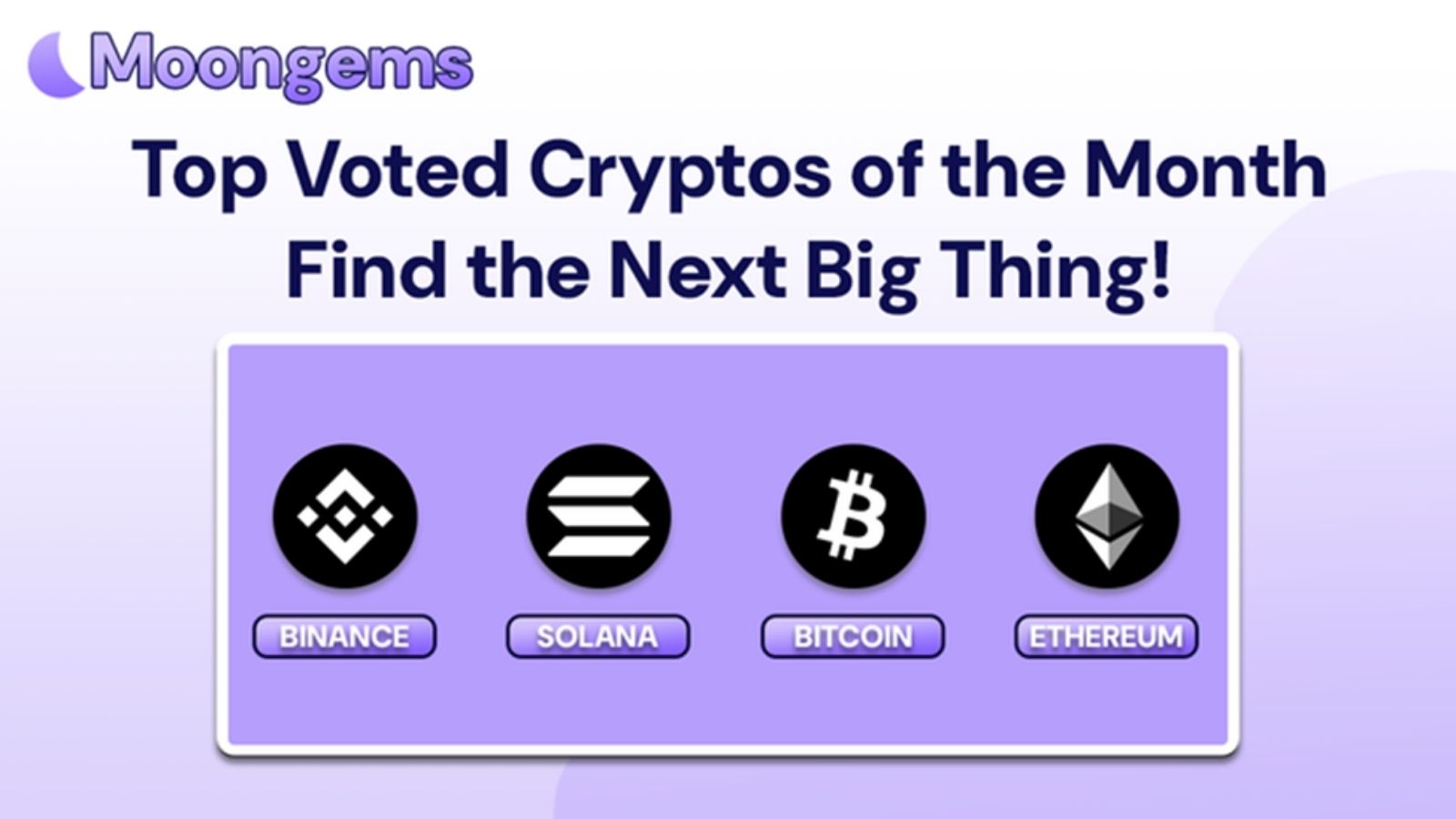
Conclusion
A booming presale market is both a goldmine and a minefield. In 2025, making money in crypto isn’t just about timing—it’s about discernment. By applying these seven safety checks—KYC, audits, transparent tokenomics, liquidity lockups, a public team, realistic roadmaps, and fair mechanics—you can avoid the traps and position yourself in projects built to last.
These aren’t optional steps—they’re your frontline defence in a market where one wrong move can cost you everything. True presale success comes not from chasing every opportunity, but from filtering out the noise and identifying only the strongest signals.
Use this MoonGems checklist as your go-to before every presale decision. Let hype fade into the background and let hard evidence guide your capital.
Frequently Asked Questions
- What is a crypto presale?
A presale is an early investment round where a project sells tokens before they’re publicly listed, usually at a discounted price. - Why is KYC important for presales?
KYC verification confirms team identities and deters scams, increasing accountability. - How do smart contract audits work?
Audits analyse a token’s code to identify bugs, vulnerabilities, and potential exploits. - What does locked liquidity mean?
It ensures developers can't withdraw funds for trading after launch, reducing rug pull risks. - What is a vesting schedule?
A vesting schedule delays token releases over time, preventing early dumps from insiders. - Are anonymous teams always unsafe?
Not always, but anonymous teams without audits, KYC, or a visible presence are higher risk. - How can I verify tokenomics data?
Check the project’s whitepaper, audit reports, or trusted launchpad listings for tokenomics breakdowns.
Glossary of Key Terms
KYC: Know Your Customer – identity verification process for developers
Smart Contract Audit: Security assessment of token code
Tokenomics: The economics behind a crypto token’s supply, distribution, and use
Liquidity Lock: A time-based lock that prevents liquidity withdrawal
Vesting Schedule: Timed release of tokens to prevent early selling
Whitelist: A pre-approved list of wallets allowed to join a presale
Doxxed: Public disclosure of a developer’s real identity
Roadmap: A development plan outlining project milestones
Fair Launch: A presale model where everyone has equal access, no insider advantage
Cliff Period: A set time before any tokens are released in a vesting plan
Disclaimer
This content is for informational purposes only and does not constitute financial advice. Investing in crypto presales carries risk, including potential capital loss. Always do your own research (DYOR) and consult professional advisors before participating in early-stage investments.




